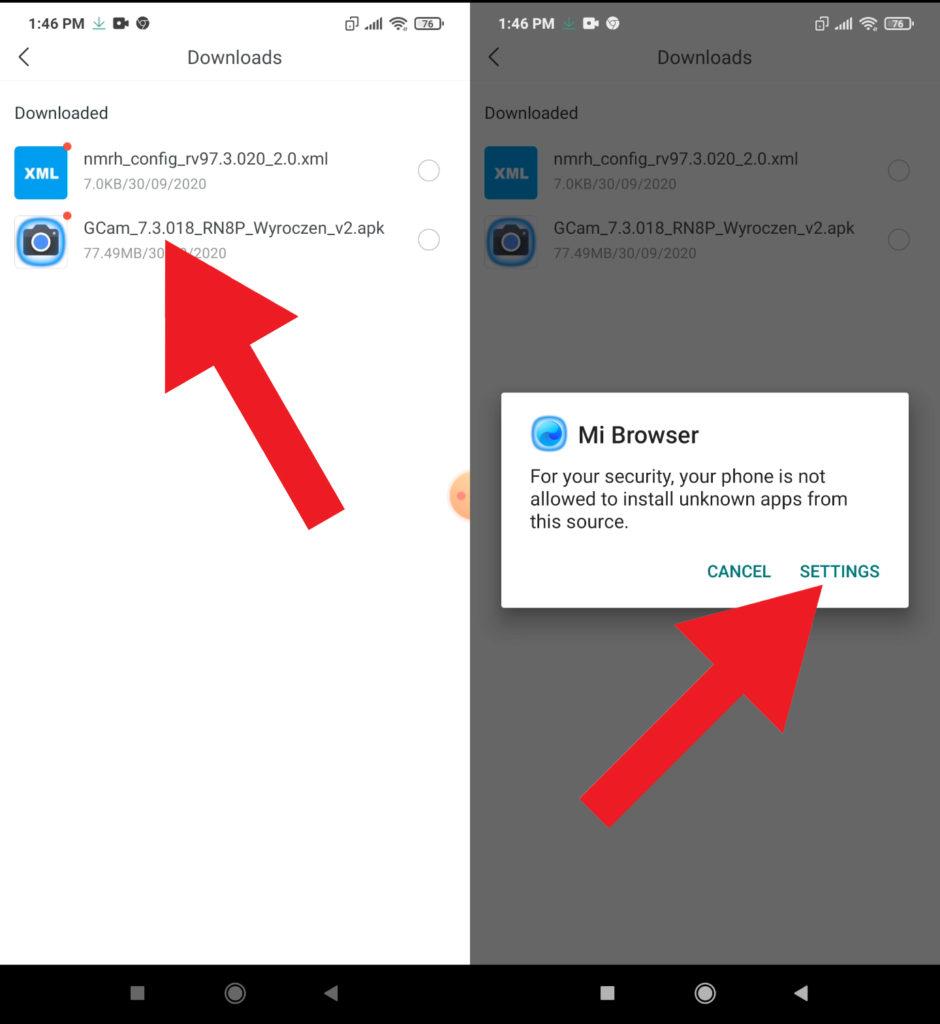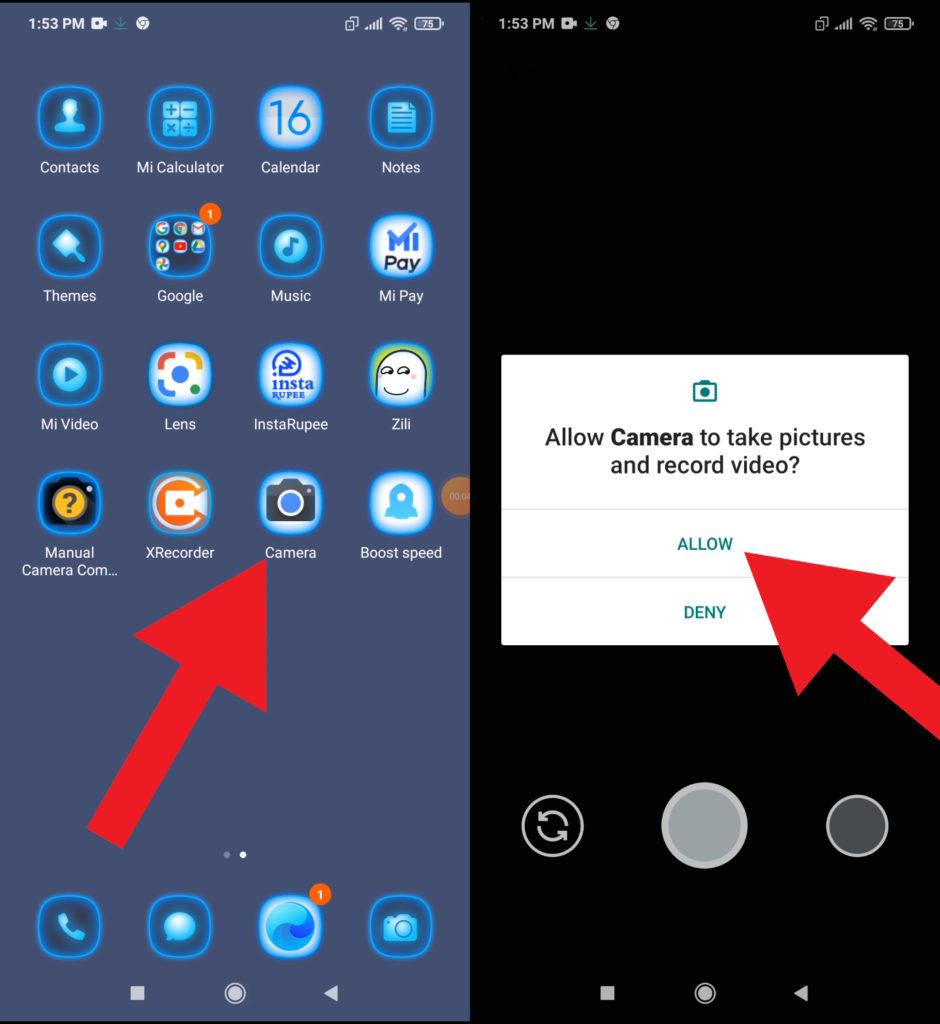LG isn’t a big player in the smartphone market anymore but is still trying. The new LG G8s ThinQ was first unveiled at MWC 2019 but has launched in India several months later, so it now competes against several newer and more feature-rich models. The styling is dated, especially with the extra-wide notch, although that was necessary to fit in a Time-of-Flight 3D sensor and infrared dot emitter for security. Build quality is excellent though, and you get an IP68 rating plus Gorilla Glass on the front and back.
Camera Specification
LG’s previous G-series and V-series phones have done well in the camera department and we were not let down by the G8s ThinQ. Camera performance is excellent overall even though the specifications might not seem impressive. This phone has a 12-megapixel f/1.8 primary rear camera with a 13-megapixel f/2.4 wide-angle camera and a 12-megapixel f/2.6 telephoto camera at the back. The primary camera supports optical image stabilisation as well as dual-pixel PDAF and HDR10 video recording. The front camera has an 8-megapixel resolution and f/1.9 aperture, and portraits benefit from the Time-of-Flight 3D sensor. Curiously, LG doesn’t specify the optical zoom range of its telephoto camera.
What is Google Camera (Gcam)!
If you’re a mobile photography lover then you should know about the GCam app. But if you don’t know, then the Google Camera app offers plenty of useful features like Portrait mode, AR Stickers, Google Lens suggestion, PhotoSphere, Lens Blur, Night Sight, HDR+ enhanced, RAW image support, and more. All of these features can also be found on other stock camera apps but they can’t be so effective when it comes to the performance.
The Google Camera app simply delivers the best in the class image and video quality even in low lighting conditions. The portrait mode, saturation level, brightness level, exposure, dynamic range, background blur effect with nice edge detection, etc are properly maintained on the images taken from the GCam app. Form the very first use, you can start noticing the difference.
Important Notes!
So, If you installed the APK and when you try to open it, it is not working? No problem, we have got you covered.
1. Check Camera2API support: Google Camera needs Camera2API support on your device to work properly. How to check if your phone has Camer2API support? Follow this guide: How To Check Camera2 API Support on Android? Find Out.
▼Download Google Camera (GCam)▼
(Please Try every APK file linked below)
GCam APK: Download
GCam Config: DOWNLOAD
▼Video Instruction▼
(Please ignore config file if its not available in the download section)
Steps to Install Google Camera
1. Download the GCam APK file on your device from the link above.
2. Tap on the APK file > It may ask you to enable the Unknown Sources option at first.
3. Go to the device Settings > Security or Privacy > Additional Settings.
4. Once the Unknown Sources enabled, tap on the Install button.
5. Now, open the Google Camera app and allow some of the permissions.
That’s it. You’re done.
So, there you have it from my side in this post. I hope you liked this post and were successful in installing the GCam or the Google Camera port for your smartphones. Let us know in the comments which features were far better with the GCam as compared to the stock camera application.




